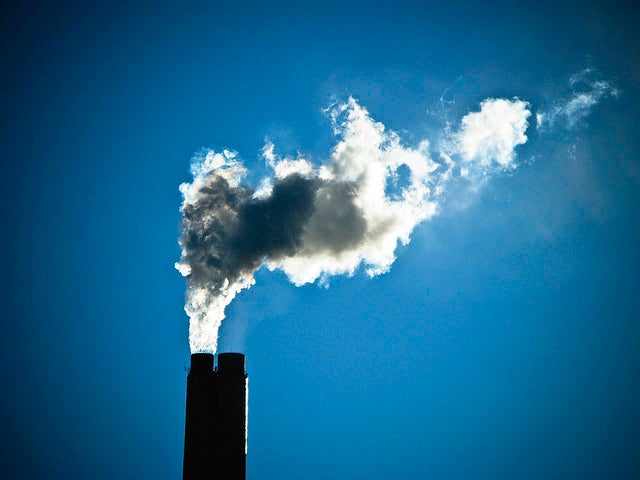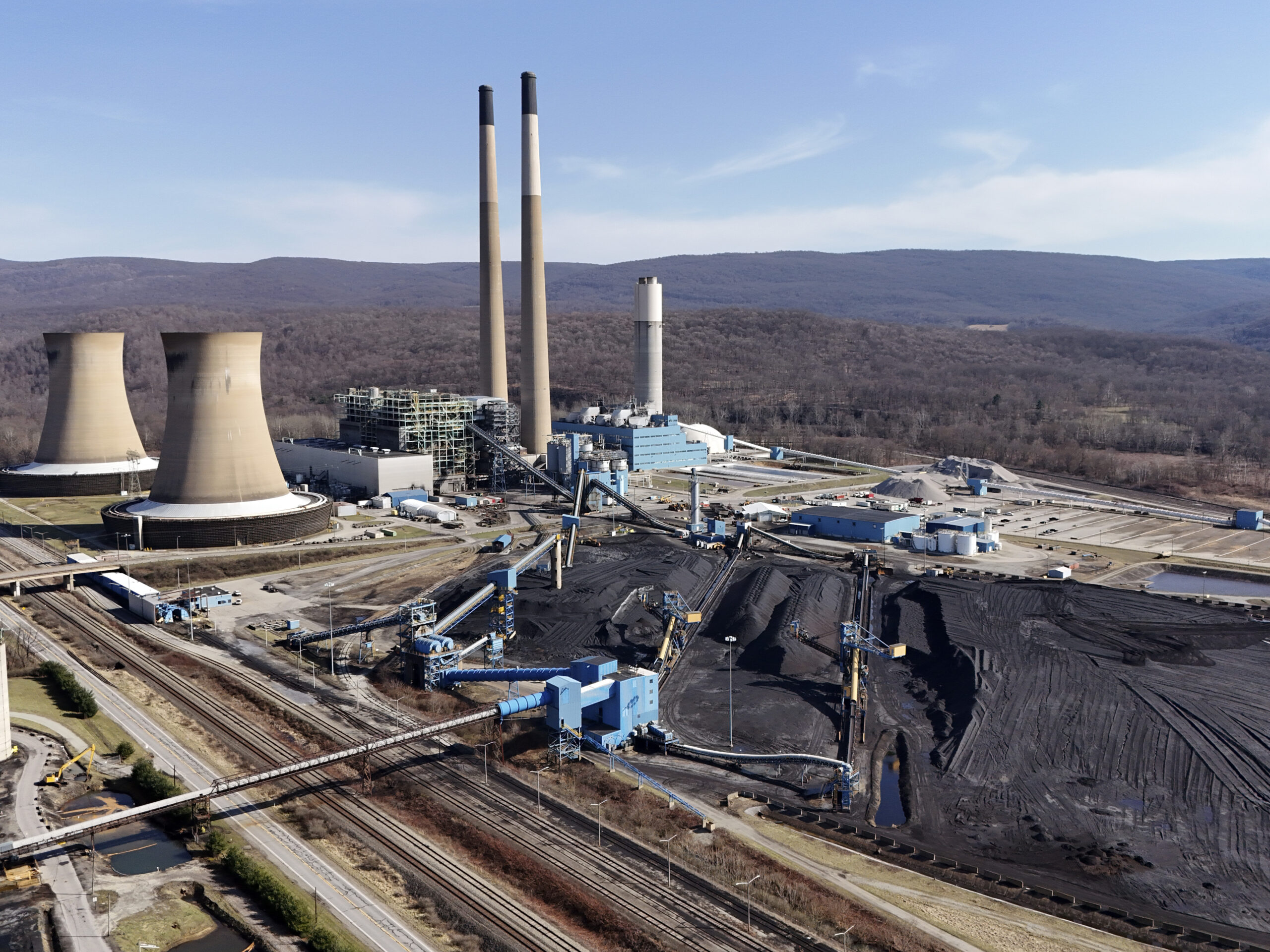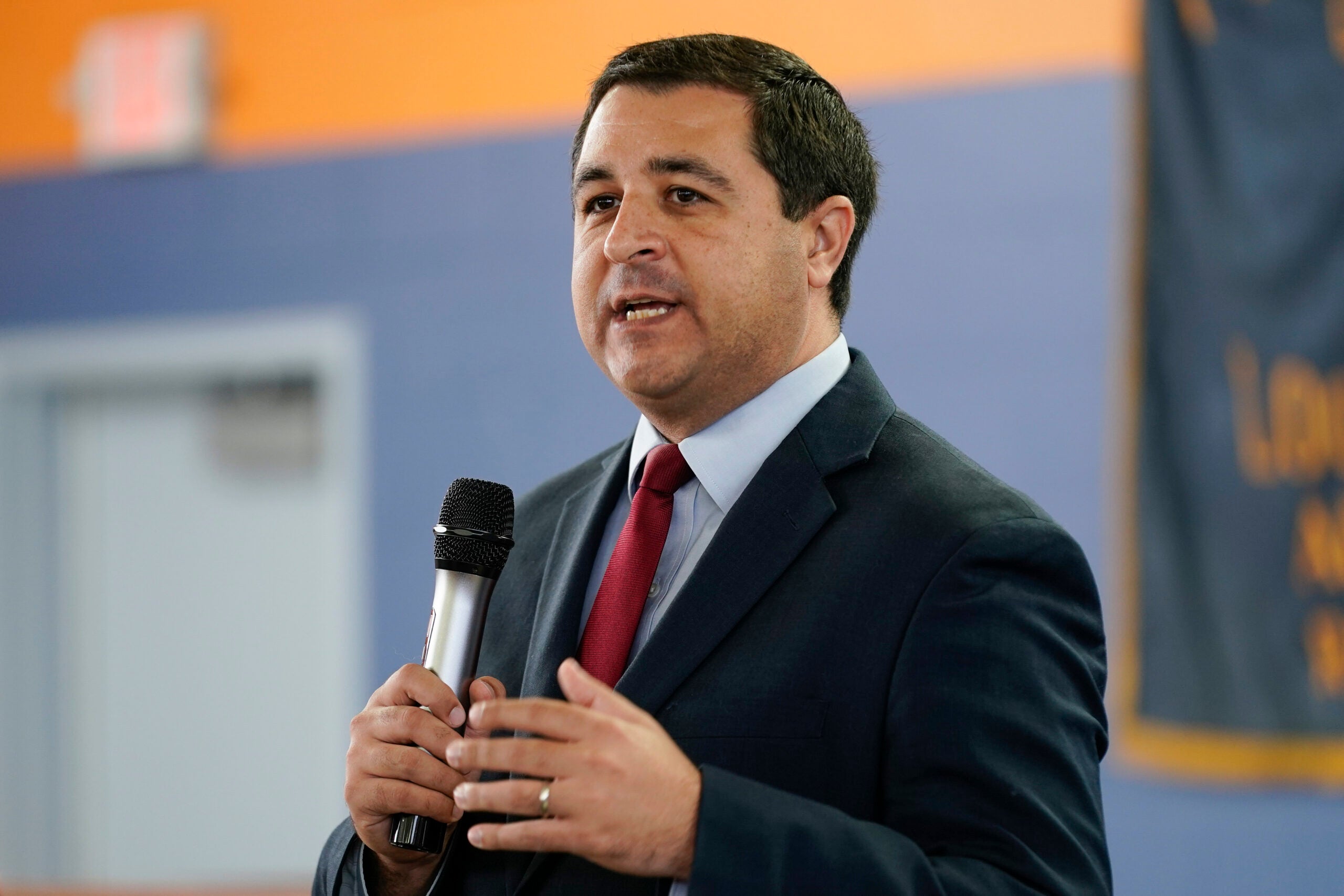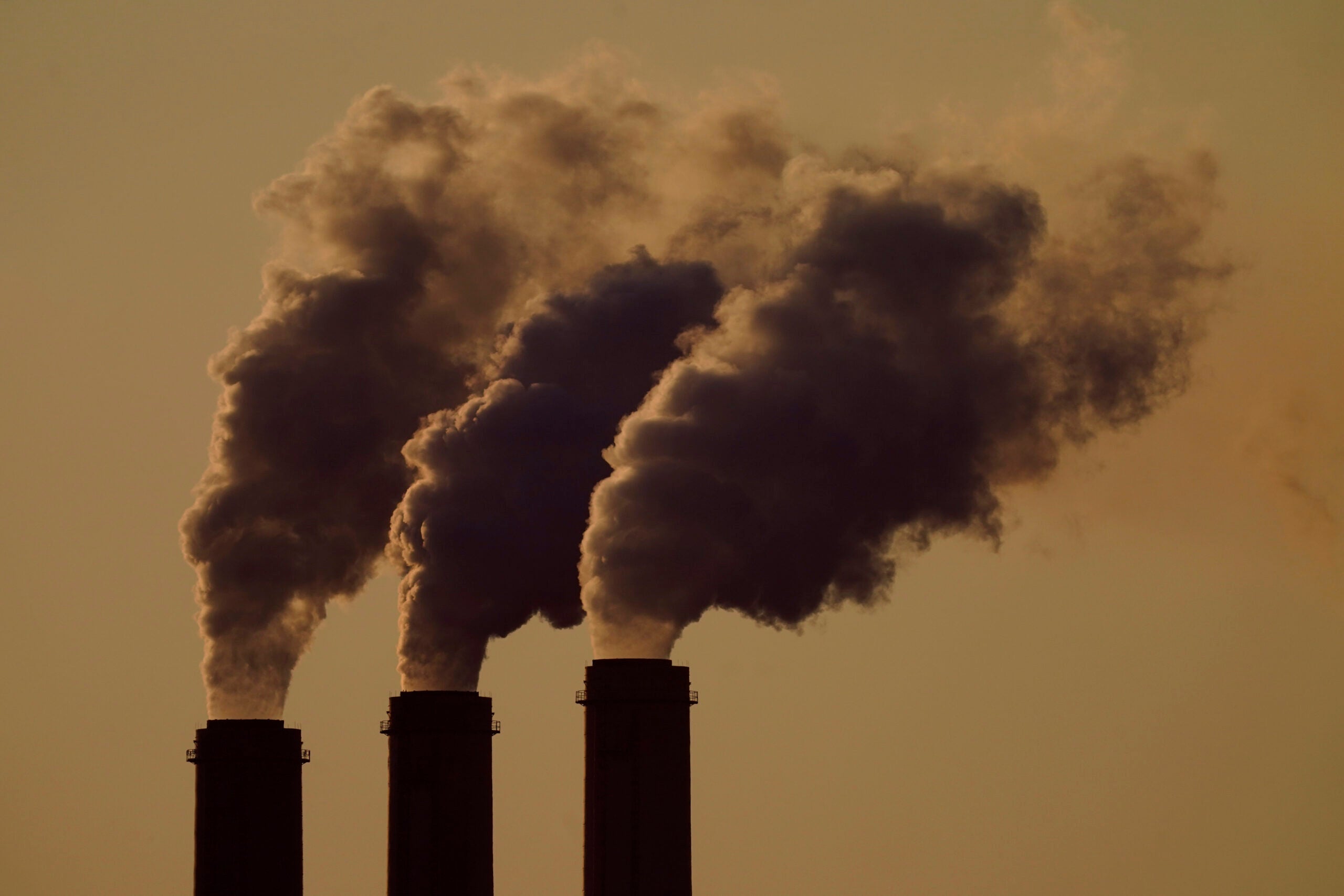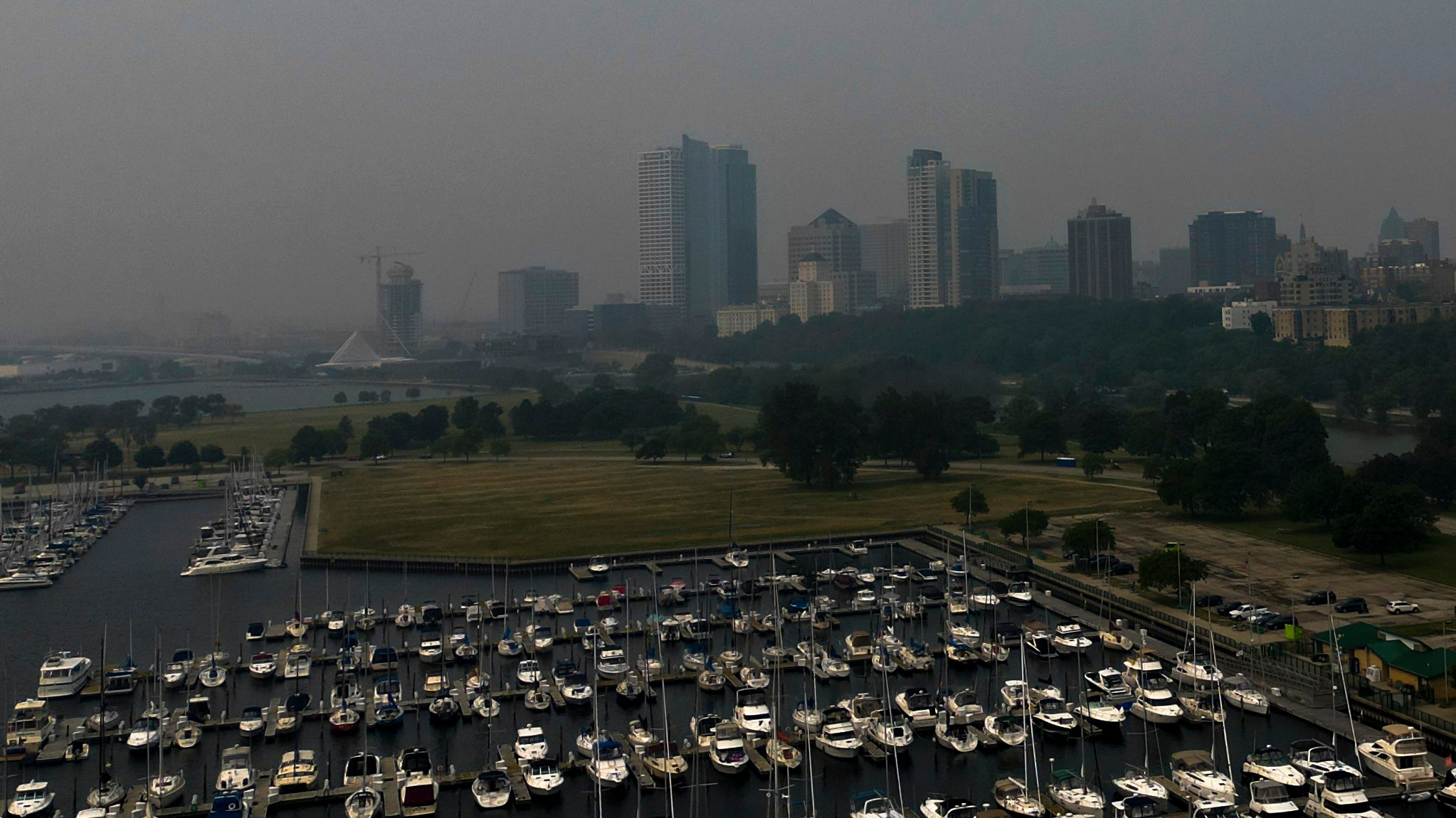Wisconsin power plants would no longer have to further reduce emissions as part of the U.S. Environmental Protection Agency’s proposal to change regulations for air pollution that crosses state lines.
The EPA proposed a revised rule Thursday that would require power plants in 12 states to cut summer emissions of nitrogen oxides that contribute to ozone pollution to improve air quality in downwind states. That’s down from 21 states, including Wisconsin, that were required to curb emissions in a previous update of the rule.
Ozone pollution has been known to cause and exacerbate asthma and other respiratory diseases.
Stay informed on the latest news
Sign up for WPR’s email newsletter.
Many Wisconsin utilities have already installed pollution controls at coal power plants to reduce nitrogen oxide emissions as part of compliance with earlier rules. That likely played a role in the agency’s findings that Wisconsin, along with eight other states, did not significantly contribute to ozone pollution or smog in downwind states, said Scott Blankman, director of air and energy programs for Clean Wisconsin.
Yet, Blankman noted nitrogen oxides largely result from the combustion of coal, which could be phased out sooner by utilities.
“We can do things in Wisconsin by retiring coal earlier than currently planned, which will help Wisconsin residents, but it will also contribute to benefits presumably to the east and to the south of us given that ozone can travel a long ways,” said Blankman.
The rule revision follows a federal appeals court ruling last fall that said the EPA must require states to reduce pollution that contributes to air quality problems in downwind states.
The state’s largest business lobby supports the rule revision, said Scott Manley, executive vice president of government relations for Wisconsin Manufacturers and Commerce (WMC).
“(Wisconsin utilities have) already made significant emission reductions, both in terms of shutting down facilities, but also installing state-of-the-art pollution controls at facilities that continue to operate,” said Manley.
Electric utilities cut nitrogen oxide emissions in half from 2008 to 2017, according to state data. WMC and a coalition of business groups have sued the EPA in the past over efforts to lower cross-state pollution by reducing power plant emissions. They’ve argued the regulations would be expensive to implement and cost thousands of jobs.
Wisconsin may not be contributing to significant ozone pollution in neighboring states, but southeastern Wisconsin is still struggling with meeting standards for ground-level ozone pollution.
In 2018, the EPA narrowed a list of areas that weren’t meeting smog regulations, which included lakeshore areas of Kenosha, Door, Manitowoc, Sheboygan, northern Milwaukee and Ozaukee counties. Clean Wisconsin filed a lawsuit against the agency in response to the move, saying the pared down list failed to protect people from high ozone levels. The group also obtained emails that showed EPA staff objected to the change.
In July, a federal appeals court ruled the EPA must provide further explanation and review for its designations.
Under the revised rule, Manley and Blankman agree that efforts to curb emissions in neighboring states like Illinois could reduce ozone issues along Lake Michigan and improve air quality in the region.
The EPA claims the rule revision will cut nitrogen oxide emissions by 17,000 tons in 2021. The change is expected to cost around $20 million per year to implement through 2025.
“With this proposal, the Trump Administration is demonstrating once again its commitment to improving air quality across the nation,” said EPA Administrator Andrew Wheeler in a news release. “This update to the Cross-State Air Pollution Rule will alleviate interstate air pollution and improve quality of life for many Americans.”
The EPA will accept public comment on the rule for 45 days and hold a virtual public hearing in November.
Wisconsin Public Radio, © Copyright 2024, Board of Regents of the University of Wisconsin System and Wisconsin Educational Communications Board.

